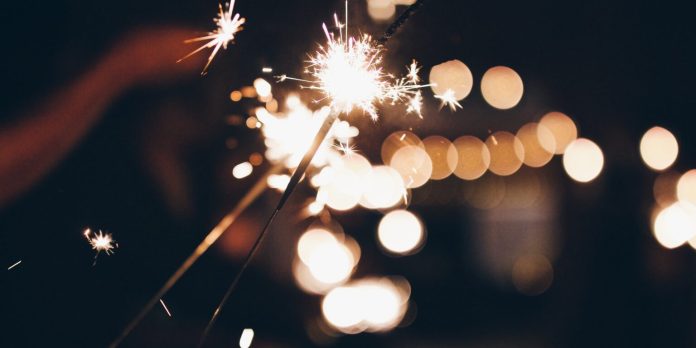BIRMINGHAM — One of the many great things about living, cooking, and dining in Alabama is you can eat seasonally and there’s always something tasty growing nearby. The South – and lauded Alabama chefs like Frank Stitt, Chris Hastings, Adam Evans, David Bancroft, and Brody Olive – have taught the rest of the country plenty of lessons about good eating. And our influence is especially apparent on New Year’s Day.
In cultures across the world, the food served on the first day of the new year is filled with symbolism for success in the 364 days that follow. Here in the United States, those New Year’s foods tend to be long-simmered collard or other winter root-vegetable greens, preserved pork like ham and jowl, black-eyed peas, and cornbread.
Sound familiar? That’s basic Alabama comfort food, historically made with ingredients commonly found in a household’s winter larder. Alabama farmers are now harvesting collards, turnips, mustard greens, and kale. Traditionally, the cured meats are products of the annual hog-butchering when the weather first turns cold. The legumes and corn are dried to preserve those summer and early-fall crops.
They don’t need to be separate components on a plate. The ultimate Southern-style New Year’s Day meal arguably is Hoppin’ John, the South Carolina rice-based dish that combines pork and peas (and sometimes leafy winter greens). Crumble some cornbread over a bowl of Hoppin’ John and a good year is bound to follow.
Here is our guide for strategic eating on New Year’s Day.

(Kim Daniels/Unsplash)
GREENS
Symbolism: They signify folding money. Serving greens is designed to guarantee plenty of fresh cash during the year.
Seasonality: The leafy tops of root vegetables provide a nutritious boost at a time when fresh locally-grown produce is relatively meager. Most growers markets are shut down at this time but Alabama greens can be found at year-round stands and markets.
Serving: If you eat meat, salted and smoked pork or a ham bone adds culinary hues to the relatively monochromatic flavor of the greens. Butter or other fat, extra aromatics like onion and garlic, seasonings, and vinegar or vinegar-based hot sauces can conjure pleasure for vegetarians and omnivores alike.
BLACK-EYED PEAS
Symbolism: They represent the coins coming your way with all those greenback dollars, and some say eating 365 peas guarantees a daily supply. Black-eyeds also portend good fortune and health, symbolism that is said to date to the Civil War when field peas – then considered cattle feed – sustained troops otherwise facing malnutrition and starvation. Why the black-eyed variety is so anointed versus the myriad other field peas that thrive here is a mystery.
Seasonality: Field peas are harvested in Alabama throughout summer and until fall’s frost. But dried peas are the most familiar and commonly-found form. In a pinch, canned will work.
Serving: This is another one that benefits from cooking with smoked pork but is equally delicious when the flavor is built without meat (like the greens above, but adding Liquid Smoke).

(Amanda Lim/Unsplash)
PORK
Symbolism: When pigs root for their food, they always move forward, never backward. Serving pork on New Year’s Day is a bid to keep moving forward and not step back.
Seasonality: Traditionally, farm families would butcher a hog for fresh meat, and preserve the rest for future use by curing with salt, and then smoking or air-drying hams, bacon, and sausages. Pork is less seasonal now and ubiquitous, but if your resolution is to eat local, touch base with one of these farms, and select butchers that specialize in Alabama-grown pork. A nearby Piggly Wiggly grocery also is a good resource.
Serving: Beyond its use to season greens and beans, sliced ham is a Jan. 1 staple. But anything porky will do – ribs, stew, savory sausage, or crumbled bacon.
CORNBREAD
Symbolism: Yellow-hued cornbread evokes wealth, and gold headed your way.
Seasonality: Corn grows best during Alabama’s hot summer months. Traditionally, dried corn is milled to varying degrees between grooved stones for meal, flour, and starch. The best local sources are McEwen and Sons and Alabama King (developed by Saraland-based White Lily and still milled there).
Serving: To get the gold, you’ll need to use meal from yellow or bi-color (yellow-white) corn, preferably baked in elongated molds so they represent ingots. Funny, no one seems to claim white corn symbolizes the pricey precious metal platinum but, hey, you’re free to use that line if you serve white cornbread on New Year’s Day.
Don’t miss out! Subscribe to our email newsletter to have all our smart stories delivered to your inbox.



